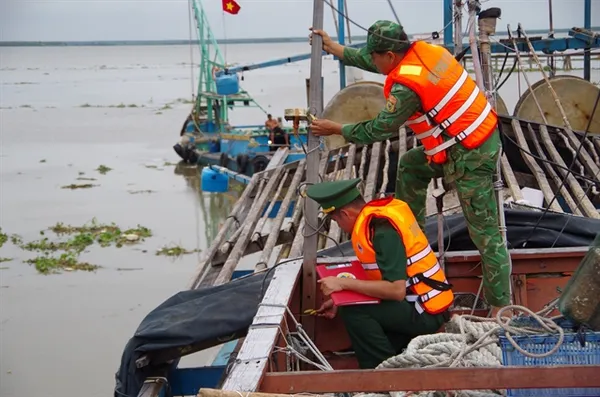 Society
Society

Nguyễn Thị Bích Huệ
Ethnic women in the central province of Nghệ An's Tân Kỳ District are still using rough hemp fibres to make beautiful hammocks, enhancing their income and boosting local tourism.
The organic hammocks, crafted by Thổ ethnic people in Giai Xuân Commune, have also been utilised as decorative pieces in luxury hotels, resorts, and community tourism spots. Popular among both local customers and foreign tourists, these hammocks also highlight the cultural identity and beauty of the Thổ people in Nghệ An.
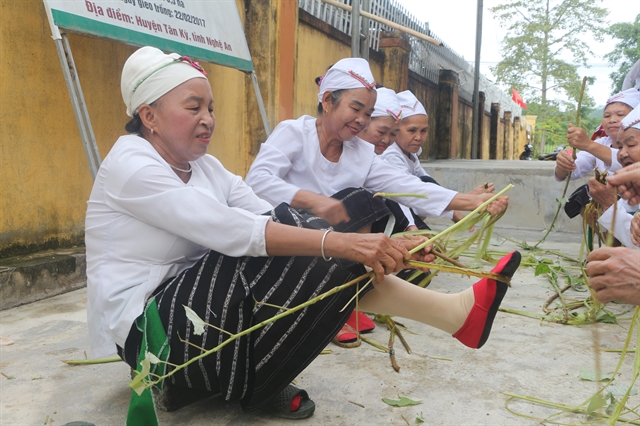 |
| Elderly artisans are processing hemp plants for fibres. |
The origins of the craft in the commune are unclear, but it has been an integral part of the local people's daily life for over a hundred years, now recognised as a valuable intangible cultural heritage of the Thổ people.
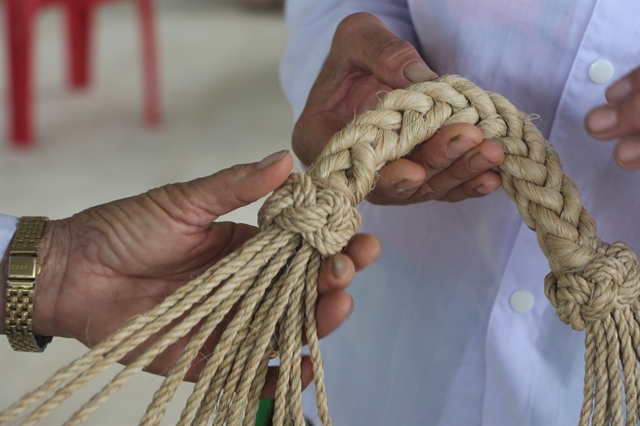 |
| The most difficult step is tying the straps at the top of the hammock. |
In a bid to preserve and systematically develop the craft, the Women's Association of Long Thọ Village in Giai Xuân Commune established a cooperative to produce hemp hammocks in 2021.
According to Trương Thị Thống, head of the cooperative, the materials for making hammocks are completely organic, with hemp fibres. Villagers grow the hemp themselves and carry out the entire production process, from harvesting the plant, retting and scutching broken stems, to separating the desired fibres from hemp's woody core.
“To ensure the best quality fibres, we avoid harvesting when the plants are too young or too old, as this can make the fibres brittle,” Thống said. “The fibres are then dried in the sun, tied in bunches, and carefully plaited into cords.”
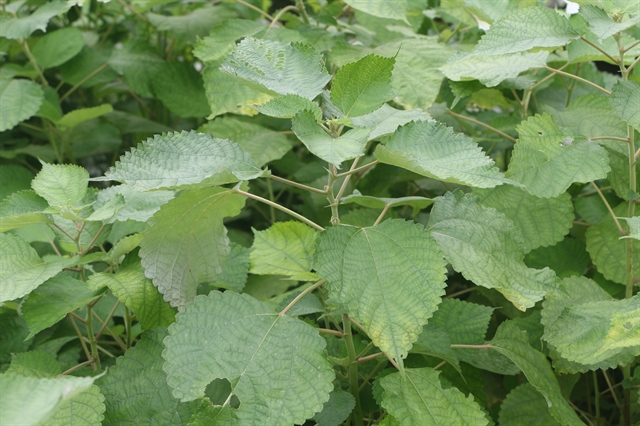 |
| Hemp plant are grown in local gardens to take fibres - the main materials for weaving hammocks. |
Hammocks made by Thổ artisans come in three types, woven with three, four, or five cords. The most common style, featuring a wide-meshed hammock, is used for daily purposes and sold in markets. A more elaborate style is often custom-made for special purposes or contracts, fetching higher prices due to its complexity.
One of the cooperative's senior weavers, Nguyễn Thị Giang, explained that hammock weaving required considerable skill.
“The hemp cords shouldn’t be too long, so we can skillfully add more to hide the seams, ensuring the aesthetics and making the hammock more durable. We also use a lot of force with both hands to twist the cords tightly,” she said.
Giang added that the most challenging step is tying the head straps. “This requires two or three people to do. If done incorrectly, the hammock’s head and tail will be misaligned, and we’ll have to redo it.”
Each hammock is about 2-2.5 metres long and 1.5-1.6 metres wide. Those with narrow meshes are more comfortable and durable. The ends are tied securely, so users can sit comfortably without fear of breaking or falling.
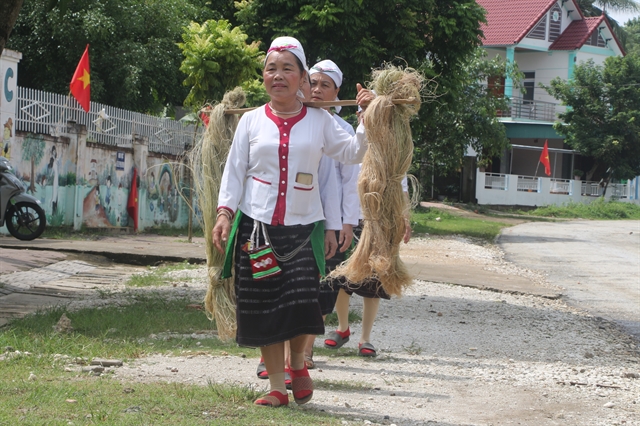 |
| Thổ women carry dried hemp fibres, which are later plaited into cords for weaving hammocks. |
Typically, it takes between 15 days and a month to complete a hammock, although more weavers can accelerate the process. A hemp hammock can last up to 10 years, but users are advised not to keep them in tightly tied plastic bags, as this can loosen and damage the hemp fibres.
A standard hammock currently costs about VNĐ1.5-2 million (less than US$50), while special custom-made types range from VNĐ2.5-5 million.
Giai Xuân hemp hammocks have achieved 3-star One Commune, One Speciality Product status [Vietnamese OCOP version] in Nghệ An, appreciated by customers across many provinces and cities. Although the designs and colours are simpler than other hammocks on the market, they are favoured for their eco-friendliness and durability.
Since the establishment of the cooperative and its inclusion in the national OCOP programme, the hammocks have been promoted through e-commerce platforms and social media. They are now found in renowned sites such as the Kim Liên Heritage in Nghệ An and luxury tourist destinations, both in Việt Nam and abroad.
However, Thống expressed concerns about the lack of young workers and financial resources, which limits the cooperative’s ability to expand business.
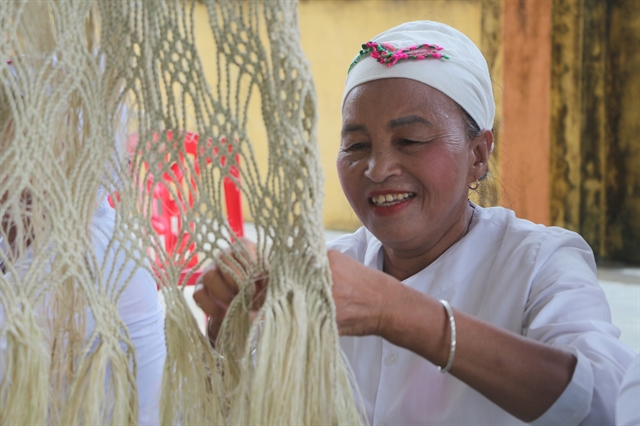 |
| A Thổ ethnic woman in Giai Xuân Commune weaves a traditional hemp hammock. |
Trần Khắc Hải, vice chairman of the People's Committee [administration] of Giai Xuân Commune, emphasised the importance of hammock weaving for local development.
“It not only helps restore the traditional craft and preserve the unique cultural identity of the Thổ ethnic group, but also promotes the local arable land’s use. Moreover, it creates jobs and increases income for local people, especially women and the elderly, contributing to poverty reduction and sustainable economic development,” Hải said.
As natural hemp crop becomes rarer, authorities are encouraging villagers to grow it in fields and home gardens. A plan has been introduced to allocate land for hemp cultivation, ensuring a sustainable source of raw materials for hammock weaving.
Tân Kỳ District is also targeting the development of Giai Xuân Commune into a tourist destination, combining traditional crafts with community-based tourism, capitalising on the region’s natural landscape and the unique culture of the Thổ ethnic group.
“In the future, Tân Kỳ will issue resolutions to improve facilities at tourist attractions, maintain and promote the cultural clubs of the Thái and Thổ ethnic groups, and support their traditional crafts like hand loom and hammock weaving,” said Hải. VNS
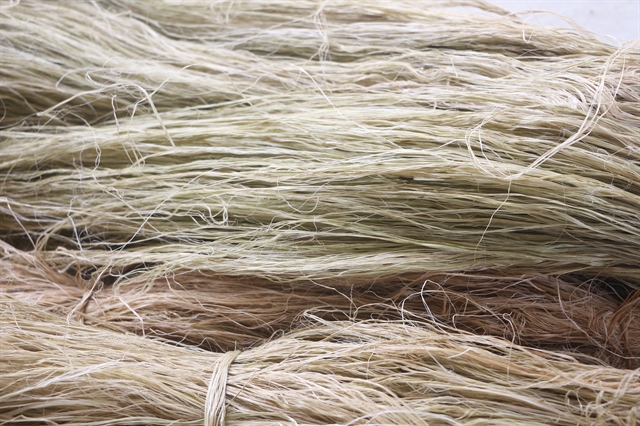 |
| Bunches of hemp fibres are sun dried. |

